Brand Voice in Web Copy: Connect Better With Your Audience


A logo is much more than just a symbol; it’s the face of your brand. It's often the first thing people notice and remember about your business. A well-crafted logo sets you apart from competitors, communicates your brand’s identity, and builds trust with your audience. In this guide, we’ll explore everything about logos—from different types to design inspiration—to help you create one that truly represents your brand.
A logo is a unique graphic symbol or emblem that represents a company, product, service, or brand. Well designed logos create a connection with your customers or prospective customers, and convey the values, mission, and personality of your business, and also hopefully provide some indication of the products and services you provide.
The logo is just one part of a broader brand and visual identity that includes colors, fonts, imagery, and style, all of which work together to create a cohesive and recognizable brand experience. When done effectively, a logo becomes a brand's most identifiable representation.
Most importantly, a good logo stays in the minds of customers, reminding them of your business.
There's multiple types of logos, including monogram, wordmarks, pictorial marks, and emblems. We'll dive into each type with examples to give your a visual representation of what each of these types look like.
Monogram logos or lettermarks are logos that consist of letters, usually brand initials. The focus is on initials, so the font you choose for your logo is very important.
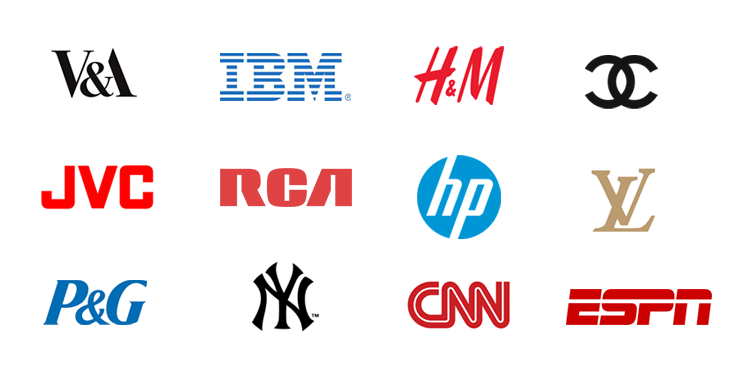
A wordmark or logotype is a font-based logo that focuses on a business’ name alone. Wordmark logos work really well when a company has a succinct and distinct name. Typography will be an important decision, as the focus will be on your name.
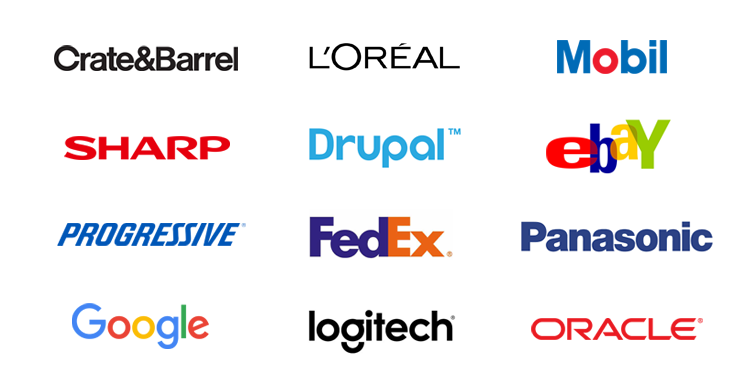
A pictorial mark (sometimes called a brand mark or logo symbol) is an icon or graphic-based logo. A true brand mark is only an image, and it can be a tricky logo type for new companies or those without strong brand recognition to use. The biggest thing to consider when deciding to go with a pictorial mark is what image to choose.
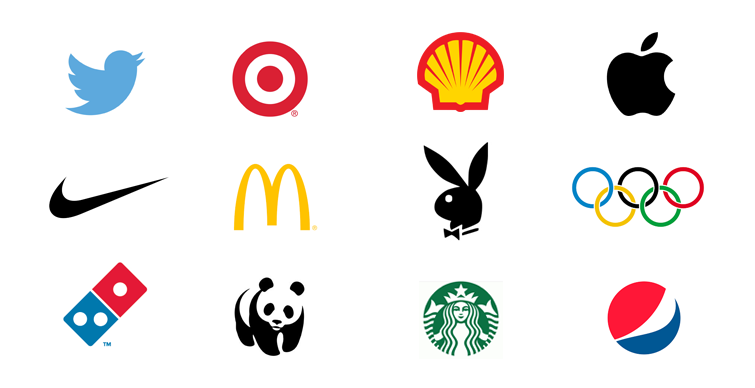
An emblem logo consists of a font inside a symbol or an icon. Emblem logos tend to have a traditional appearance about them that can make a striking impact. They can be less versatile than other types of logos, so keep your design uncomplicated.
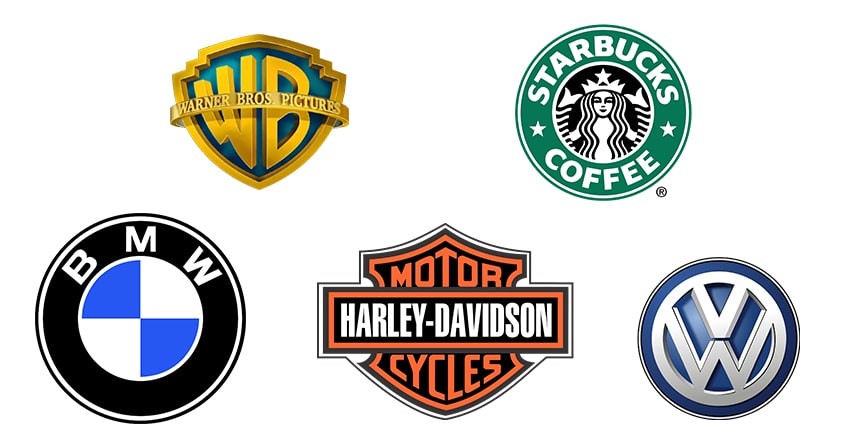
While we've highlighted some logos in the examples above, lets dive into 47 of the most famous logos and a little about each one. Hopefully, these provide some inspiration for your logo design.
1. Apple

2. Nike

3. Coca-Cola - Its classic script logo is synonymous with refreshment and happiness.
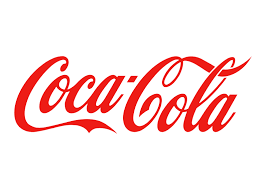
4. McDonald's
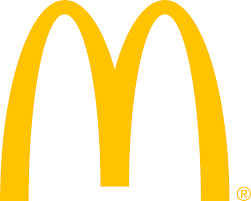
5. Google

6. Amazon

7. IBM
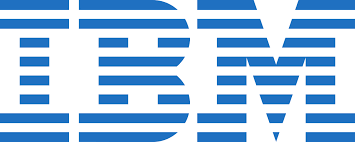
8. Starbucks
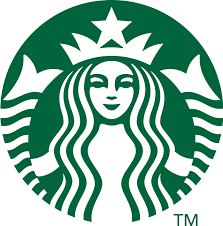
9. Mercedes-Benz
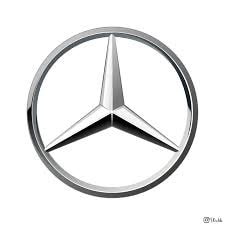
10. Adidas

11. Pepsi

12. FedEx

13. BMW

14. Lego

15. Target

16. Sony

17. Volkswagen
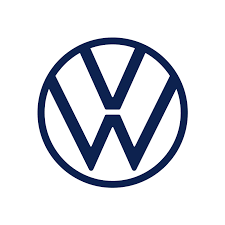
18. Rolex

19. Twitter
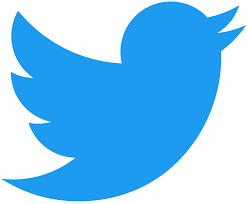
20. Puma

21. Under Armour
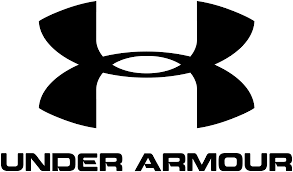
22. Chanel

23. Netflix
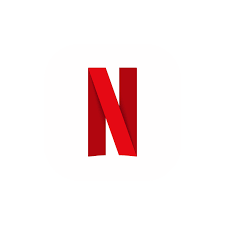
24. KFC
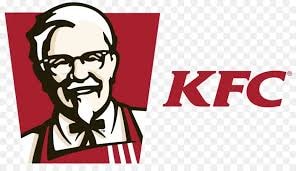
25. H&M

26. Nissan
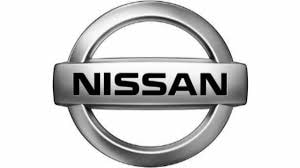
27. Lufthansa

28. Snapchat
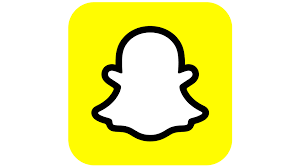
29. American Express

30. Taco Bell
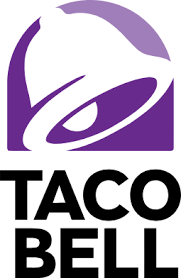
31. Pinterest

32. LinkedIn
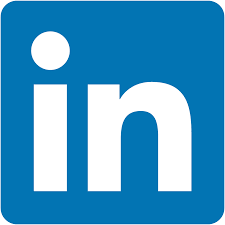
33. BBC

34. UPS
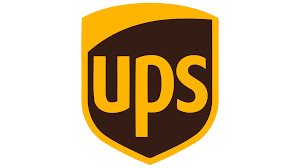
35. Shell

36. Marlboro

37. Heineken
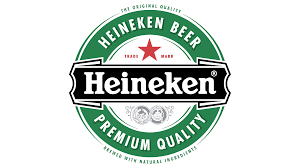
38. L'Oréal

39. Visa

40. Audi

41. Cisco
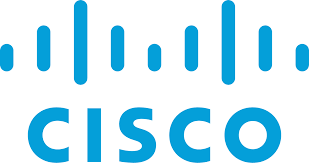
42. Barbie

43. Jack Daniel's.

44. Budweiser

45. 3M
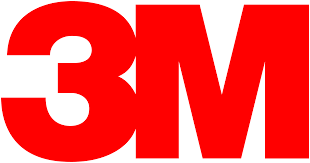
46. Oreo
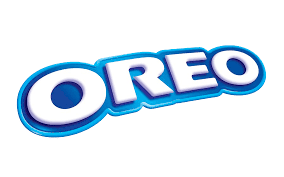
47. Bing
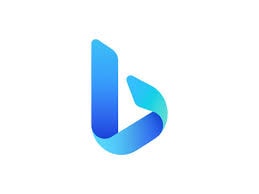
Now that you have some inspiration, what are some avenues you can follow for getting an iconic logo for your business?
There are a few options, starting with do-it-yourself, all the way up to hiring an agency. We'll outline them each below, along with pros and cons.
Pros:
Cons:
Cost: $0-$50, depending on the software used
Examples include Canva and Looka.
Pros:
Cons:
Cost:
Platforms like Creative Market and GraphicRiver offer pre-made logo templates.
Pros:
Cons:
Cost:
Platforms like DesignCrowd and DesignHill allow you to receive multiple design options from various designers.
Pros:
Cons:
Cost:
Pros:
Cons:
Cost: $300-$2000, depending on the designer's experience and project complexity
Pros:
Cons:
Cost: $300-$900 per month
We offer this model here at Peak Digital Studio, and we can help with all your design needs. Book a call to learn more.
Pros:
Cons:
Cost: $1000 and up, with some major agencies charging $10,000 to $100,000+
Creating a great logo involves more than just picking an image and a font—it’s about capturing the essence of your brand. Whether you’re going the DIY route or hiring an expert, remember that your logo is a key investment in your brand’s future. Take the time to explore and experiment, drawing inspiration from iconic examples and trends, and you’ll craft a logo that resonates with your audience and elevates your brand identity.
Branding is the process of creating a distinct identity for a business in the minds of consumers. It involves developing a cohesive visual and emotional experience through elements like logos, color schemes, messaging, and tone that communicate the values, personality, and promise of a company. Effective branding helps build recognition, trust, and loyalty among customers.
A logo is a unique graphic symbol or emblem that represents a company, product, service, or brand. It's often the first thing people notice about a business and is a key part of its visual identity, conveying its values, mission, and personality. A well-designed logo can make a lasting impression and help distinguish a brand from its competitors.
You can create a logo for free using online tools such as Canva or Looka. These platforms provide user-friendly interfaces and templates that allow you to design your own logo without any cost. However, free versions may have limitations in terms of customization, uniqueness, or image quality.
A good logo should be simple, memorable, and reflective of your brand’s identity. It needs to be versatile, looking good across different mediums and sizes, and appropriate to the industry and audience. A strong logo should also be timeless, avoiding overly trendy elements so it remains effective for years.
To trademark a name and logo, you need to apply through your country’s trademark office, such as the United States Patent and Trademark Office (USPTO). The process involves conducting a trademark search to ensure your logo is unique, submitting an application, and paying a fee. Once approved, your logo will have legal protection, preventing others from using it without permission.
Creating a brand identity involves defining the core elements of your brand, such as its mission, values, personality, and target audience. Start with a logo that represents your brand and build on it with complementary visual components like color palettes, typography, and imagery. Consistent messaging and tone across all communication channels are also crucial to forming a cohesive brand identity.
Branding is important because it helps differentiate your business from competitors and establishes a memorable image in customers' minds. Effective branding builds recognition, fosters customer loyalty, and communicates your values and mission, making it easier for consumers to connect emotionally with your company. A strong brand can also command higher value and trust, ultimately driving sales and growth.
The cost of a logo can vary widely, depending on how you choose to create it. DIY logo creation is often free or inexpensive, while using online tools like Canva may cost around $13 per month. Freelance designers might charge between $300 to $2000, while design agencies can range from $1000 to $10,000 or more, depending on the depth of the project and expertise involved.
A vector logo is a logo created using vector graphics, which are made of mathematical equations rather than pixels. This allows the logo to be scaled to any size without losing quality, making it perfect for various uses, from small icons to large billboards. Common vector file formats include AI, EPS, and SVG.